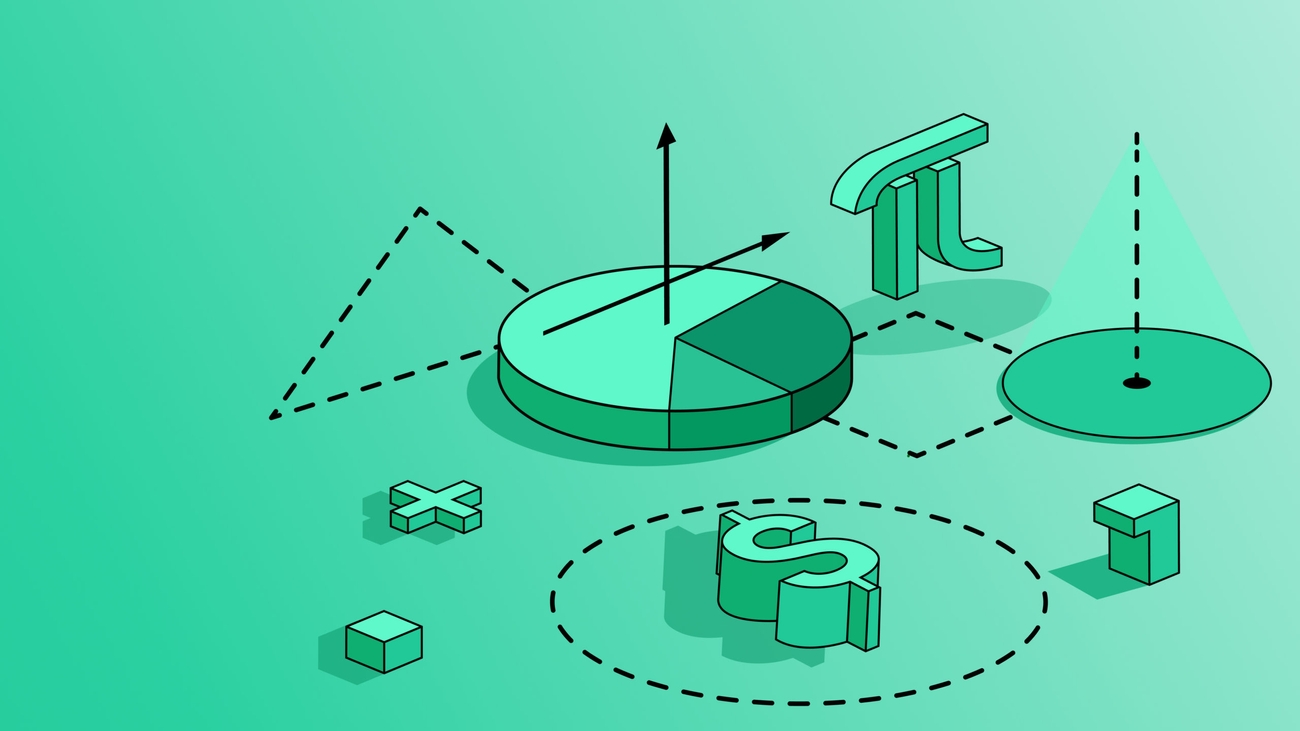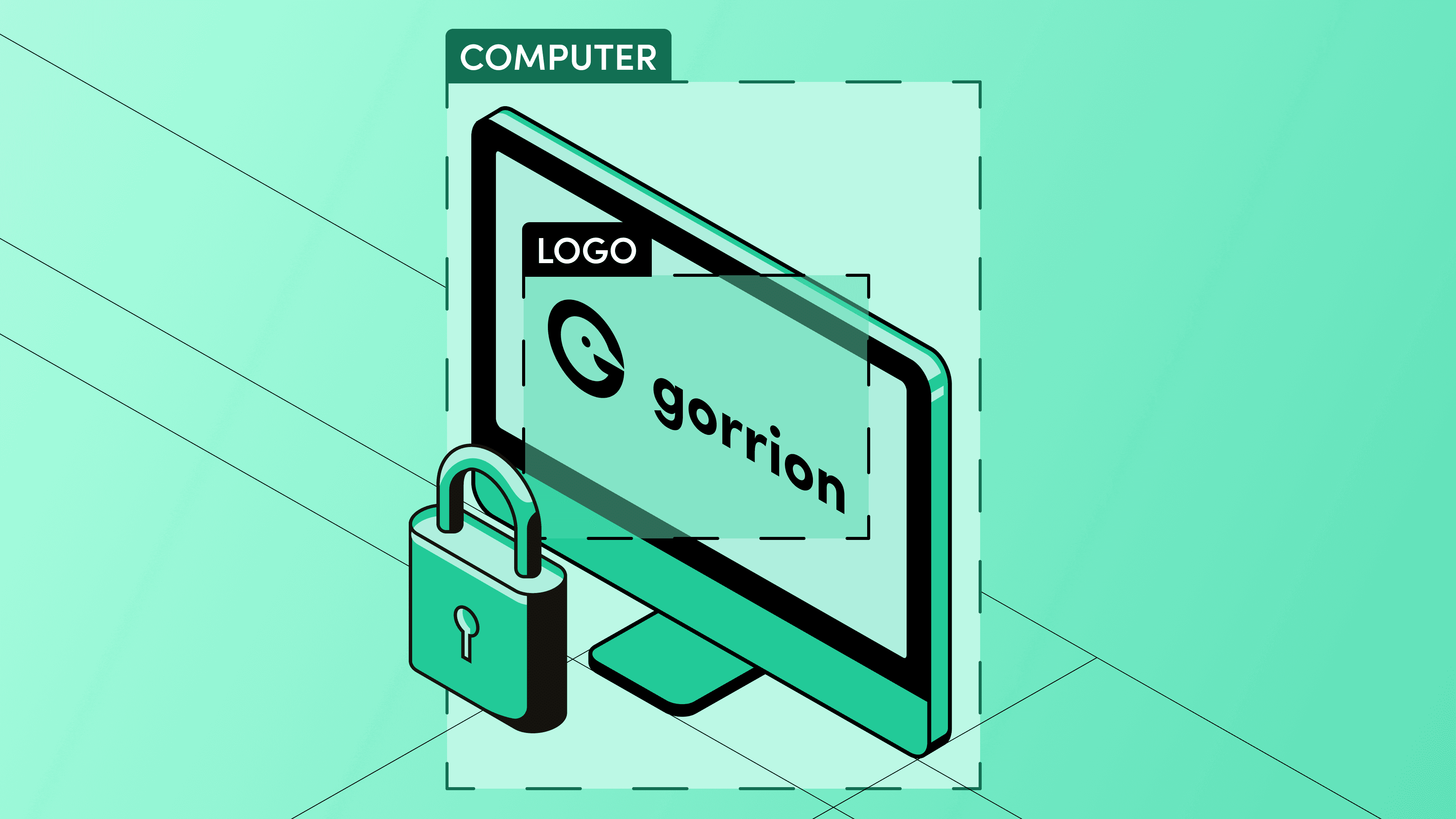

Blog

Software development pricing models you need to know
When you decide to outsource your project, you’ll probably meet with two pricing models used by software development companies – the fixed price contract and the time and materials contract. As they’re influenced by different factors and belong to other approaches, the distinction between these two pricing models can be confusing and pose many questions.
In this overview article, I’ll clarify all the information out.
What is the difference between fixed price and time & material? What are the pros and cons of fixed price contracts, and what are the benefits of time and materials contracts? How to choose the one that will be beneficial for you and compatible with the project management approach? And lastly, why a fixed-price contract is not suitable for agile? Let’s find out which of these two models fits your business.
Let’s talk about money
Generally, during software development projects, there are two pricing models. These include:
- Time & material – this one is mostly used in Agile project methodologies. In this model, as the project progresses, you pay for the time spent working on the project. It’s a per hour or day pricing model.
- Fixed price – this model assumes that the project’s total budget is approved before development starts. It also ensures that a project is done and delivered within a specific timeframe and budget.
Fixed Price vs. Time & Material – which pricing model is better?
Now that you know the basic definition of these two software development pricing models let’s focus on their pros and cons.
Want to know how to reduce the software development cost without losing the quality? Read the article by Dominik, our CIO, and learn how to optimize the costs of custom software development.
Fixed Price contract model
Advantages:
- Fixed budget – thanks to the fixed price model, you know the project’s final cost. The software development company can’t overcharge you without warning.
- Strict deadlines – fixed price agreement ensures that you know when you’ll receive the final product because the development team knows how much time they need – the project completion date is set from the start.
- Predictability – with all the project requirements, technical specifications, and core features set beforehand, you know what product you’ll get. A dedicated team has a clear plan of action, so there will be no surprising changes to the project.
Disadvantages:
- Strict terms – this applies to both requirements for the application and budget. Sometimes, making a definitive estimate or planning all the features for a whole project won’t work. Why? Because of project complexity – if it’s a long one, there’s a slight chance that you predict correctly how your software product will look months ahead or whether it will fit the market’s needs.
- Limited flexibility – a fixed price contract is a little bit problematic for a long-term, complicated project that, from the start, requires alterations. However, it might work when you know exactly what you want and have detailed specifications.
Time&Material contract model
Advantages:
- Flexibility – time & materials pricing model allows the service provider (a software house) to introduce changes and alterations in the process and the budget. Thanks to this, a dedicated team can add or remove features to fulfill the customer’s needs during project development.
- Ongoing process – this refers to the fact that there are no restrictions, and you can start the work immediately. With the T&M model, you can change and add new features. No strings attached.
- Transparency & project monitoring– as it’s a continuous process and you can begin it from scratch, you’re more involved in it. Also, in the time and materials contract, you can monitor the process as the team goes on with the entire project.
Disadvantages:
- Unspecified budget – because of the ongoing decision-making process, you don’t know how much it’s going to cost. No final price here.
- No specific deadlines – this point also connects to the previous one. In a time and materials contract, there is no strict deadline; everything is flexible, which may pose some problems for someone who wants to know the release date.


What factors influence the cost of the software development process?
When people often hear the software cost estimate, they think, ‘why is it so pricey?’. And we get it. The software development process is costly. But it’s not like the price is just thrown at you. Usually, your IT company will list the project costs and what constitutes this. But for now, let’s do it right here.
Internal factors
- Project scope – depending on your project’s size, the price will fluctuate with it. Usually, the bigger the project, the higher the price. It comprises research, UX prototypes and mockups, design, development, copyright laws, and many more.
- Non-development costs – here, you should consider not only the sole development stage but also what comes before and after it, such as testing, long-term maintenance, scaling, etc.
- Deadlines – how quickly do you want to get it? It would be best to keep in mind that software vendors will count up for this fast product delivery.
External factors
- Vendor’s reputation and size – what’s their position in the market? Is this company well-established? If so, on the one hand, you get an experienced software vendor that will provide you with all the necessary services, while on the other hand, it may be costly due to the reputation and expertise.
Read this article to find out why size matters when finding a software development company.
- Market price – this varies from country to country.
- External libraries and plugins – here, we’re talking about all the necessary elements that improve the project, such as functions, features, etc.
Learn more about what affects the cost of software development from our article.
Summary
Software cost estimations are tricky. They involve many factors from 3rd party providers to market price.
Before you become discouraged by the numbers, you should know what these pricing models consist of and how they differ. In this way, you can choose the one that best fits your needs and strategy.
With the right company and approach, you’ll reach your business goals and build a product that will bring value to the market.
Looking for a team for your next project? Reach out to us! Let’s see what we can do.
Editor’s note: We’ve originally published this post in October 2020 and updated it for comprehensiveness.


Have a project in mind?
Let’s meet - book a free consultation and we’ll get back to you within 24 hrs.


